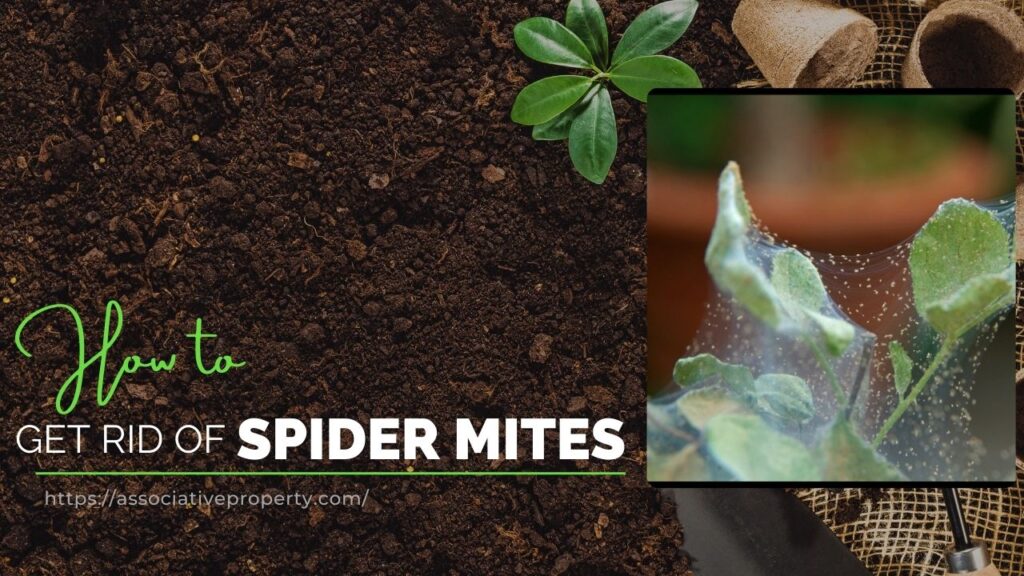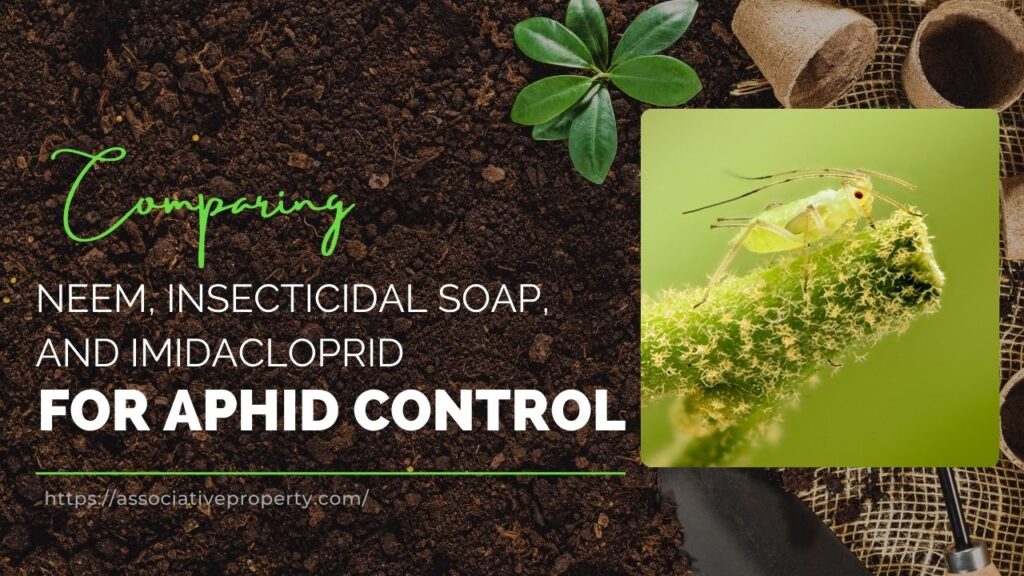It was mid-June, and my garden was flourishing. I had spent countless hours planting, weeding, and watering. Everything looked picture-perfect, until it wasn’t.
That morning, during my usual walk through the garden, admiring my potato plants, I spotted one.
Then another.
And another.
The dreaded Colorado potato beetle, also known as the potato bug, had arrived.

And just like that, the reality hit me. These little pests were devouring my potato plants, and even worse, they were eyeing my tomatoes too. If I didn’t act fast, I risked losing my entire crop.
That’s when I jumped into action with a simple three-step process that saved my garden.
Step 1: Manual Removal with Soapy Water
I grabbed a bucket and filled it with warm soapy water1. The process was simple but effective:
- I walked plant by plant.
- I shook the beetles off directly into the bucket.
- Anything crawling on the leaves or stems got submerged.
This instantly took care of the visible adult beetles. But the battle wasn’t over yet.
Step 2: Apply Diatomaceous Earth
Next, I turned to one of my favorite organic tools, diatomaceous earth. If you don’t already have some in your gardening toolkit, I highly recommend it.
Here’s why I used it:
- It’s organic.
- It’s deadly to soft-bodied insects but safe for humans and pets.
Now, while diatomaceous earth isn’t as effective on hard-bodied adult beetles, it works great on larvae and eggs.
Here’s what I did:
- Sprinkled it lightly over the leaves and the ground around the plants.
- Targeted underneath the leaves, where females usually lay their yellow-orange egg clusters.
How to Use Diatomaceous Earth (DE):
- Make sure it’s food-grade. Only use food-grade DE in the garden or around pets and people.
- Wear a mask. The powder is very fine and can irritate your lungs if you breathe it in.
- Sprinkle a thin layer on dry soil, leaves, or around plants where you see bugs like ants, slugs, or beetles.
- Use when it’s dry. DE doesn’t work when wet. Reapply after rain or watering.
- Keep away from flowers. Don’t put it on blooms to avoid harming helpful pollinators like bees.
The Life Cycle of the Colorado Potato Beetle
To understand why this step matters, here’s a quick breakdown of their lifecycle:
| Stage | Description |
|---|---|
| Hibernation | Overwinter underground |
| Emergence | Adults emerge in early summer |
| Egg Laying | Females lay clusters under leaves |
| Larval Stage | Larvae hatch in about a week and feed for 2–3 weeks |
| Pupation | Larvae drop to soil and pupate |
| Adulthood | Adults emerge and the cycle can repeat up to 3 times/season |
By breaking the cycle early, you prevent future infestations.
Step 3: Garlic Spray
This was the exciting part. I had never tried it before, but thanks to a tip from my dad in Arizona, I was about to experiment with garlic spray.
Why garlic? It’s natural, it repels pests, and it’s incredibly simple to prepare.
How to Make Garlic Spray
You’ll need:
- 1 bulb of garlic (about 10 cloves)
- 2 cups (500 ml) of water
- 1 teaspoon (5 ml) of liquid soap (not detergent)
- A blender or food processor
- A spray bottle
Steps:
- Peel the garlic cloves and blend them with 2 cups of water.
- Let the mixture sit overnight (8–12 hours).
- Strain out the garlic bits using a fine cloth or strainer.
- Add the liquid soap to the garlic water.
- Pour it into a spray bottle and shake well.
Here’s what I did:
- Crushed fresh garlic.
- Mixed it with water.
- Let it sit and infuse overnight.
I planned to apply it the next day, after watering rinsed off the diatomaceous earth. This spray would act as a natural repellent, discouraging any survivors from returning.
Colorado Potato Beetle Control – Summary
| Method | Effectiveness | Targets | Pros | Cons | Application Frequency |
|---|---|---|---|---|---|
| Manual Removal | ⭐⭐⭐⭐☆ (High if done thoroughly) | Adult beetles, larvae | Immediate results, no chemicals, precise | Time-consuming, labor-intensive | Daily during infestation |
| Diatomaceous Earth | ⭐⭐⭐☆ (Moderate to High on larvae) | Larvae, egg clusters | Organic, easy to apply, safe for humans and pets | Ineffective when wet, not very effective on adult beetles | Every few days or after rain |
| Garlic Spray | ⭐⭐☆☆☆ (Moderate as a repellent) | Adults (repellent only) | Natural deterrent, easy DIY, safe for garden | Not a killer—only repels, needs consistent reapplication | Every 3–4 days |
Final Thoughts
Colorado potato beetles are persistent, but with this three-step process, I was able to get the situation under control quickly. Here’s a quick recap:
My 3-Step Colorado Potato Beetle Removal Process:
- Manual removal into warm soapy water.
- Dust with diatomaceous earth to target larvae and eggs.
- Spray with homemade garlic solution to repel future beetles.
You don’t need harsh chemicals or expensive solutions. Sometimes, a bucket, some dust, and garlic cloves are all it takes.
Stay vigilant, take action early, and don’t let these bugs steal your harvest.
Related: How to Make Neem Oil at Home and Turn It Into a Powerful Plant Spray
Q1: How do I identify Colorado potato beetle eggs?
Colorado potato beetle eggs are small, oval, and bright yellow to orange. You’ll usually find them in clusters on the underside of leaves, especially on potatoes, tomatoes, eggplants, or peppers. If you spot them, crush them or remove the leaf section and destroy it.
Q2: Will these beetles come back next year?
Yes, Colorado potato beetles hibernate underground over winter and return in early summer. Cleaning up your garden in the fall—removing plant debris and rotating crops—can help reduce their return.
Q3: Can I use neem oil instead of garlic spray?
Yes, neem oil is a great organic alternative. It works on larvae and helps reduce egg-laying. However, like garlic spray, it doesn’t kill adult beetles instantly. Use it with manual removal and diatomaceous earth for best results.
Q4: Is diatomaceous earth safe for bees and pollinators?
Diatomaceous earth can harm bees if they touch it directly. To protect pollinators:
- Apply it early in the morning or late evening when bees are inactive.
- Avoid sprinkling on flowers where bees land.
- Focus application on soil and lower plant parts only.
Q5: Can chickens or ducks help with beetle control?
Yes, chickens and ducks are natural beetle predators. They’ll eat adult beetles and larvae. Just supervise them, as they might dig up plants or snack on your crops.
Q6: How can I prevent beetles without using anything at all?
Good garden habits go a long way. Try these methods:
- Rotate crops every season.
- Use mulch or straw to block beetles emerging from soil.
- Plant trap crops like eggplant to lure beetles away.
- Use row covers early to stop beetles from landing on plants.
- Bug-Repelling Soap Spray
Mix these ingredients and put them in a spray bottle:
1 tablespoon of pure liquid soap (not dish detergent)
1 quart (4 cups) of warm water (use clean tap or bottled water)
1 teaspoon of ground red pepper or garlic
1 teaspoon of apple cider vinegar
Shake well before using. ↩︎


